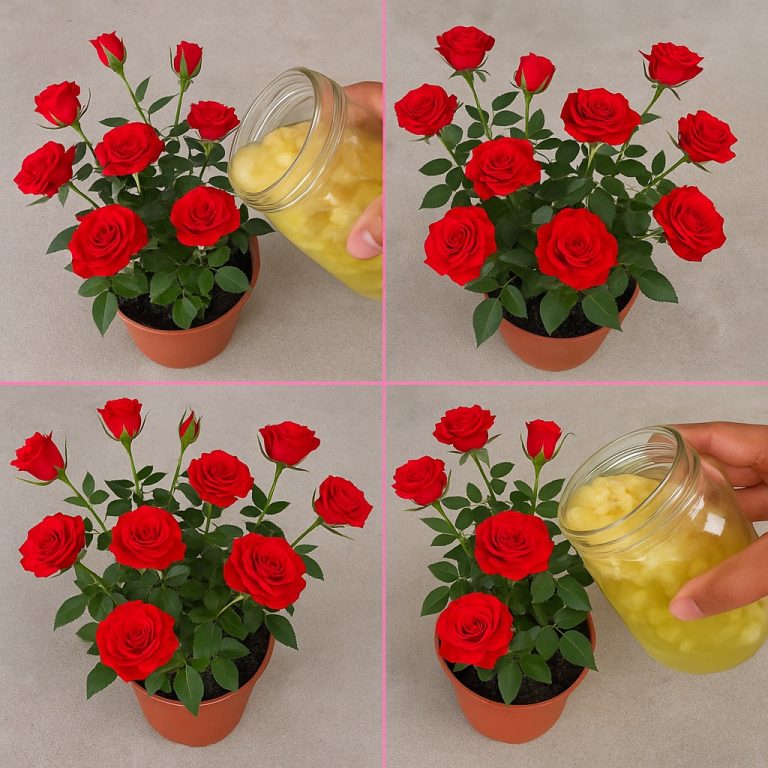ADVERTISEMENT
Step-by-Step Summer Rose Pruning
Wait for the first bloom cycle to end.
The ideal time to prune is after the initial summer bloom — usually around mid to late summer, depending on your climate.
Remove faded blooms (deadheading).
Start by snipping off spent flowers. Cut just above the first or second set of five-leaflet leaves below the bloom. This is where new shoots are most likely to emerge.
Trim back lightly.
Don’t cut back too severely in summer. Trim about 15–20 cm (6–8 inches) from the top of the stems, just enough to shape the plant and stimulate new growth. Avoid removing more than one-third of the plant at this time.
Cut at a 45-degree angle.
Always make cuts just above an outward-facing bud at a 45-degree angle. This encourages outward growth and helps maintain a well-ventilated shape, which reduces the risk of fungal disease.
Remove weak or damaged stems.
Use this opportunity to thin out dead, diseased, or crossing stems. Removing weak shoots helps the plant focus its energy on producing strong, healthy stems and buds.
Clean up the base.
Clear away any fallen petals or leaves around the base of the plant to prevent the spread of pests and disease.
Aftercare: What to Do Post-Pruning
Pruning is only part of the process. For best results, follow these post-pruning care tips:
Water deeply.
Roses need consistent moisture, especially when they’re pushing out new growth. Water at the base to avoid wetting the foliage.
Feed your roses.
Apply a balanced rose fertilizer or a bloom-boosting formula (higher in phosphorus) after pruning. This encourages new buds to form quickly.
Mulch around the base.
A layer of mulch helps retain soil moisture and suppress weeds. It also keeps roots cool during hot summer weather.
Inspect regularly.
Watch for signs of pests like aphids or fungal diseases such as black spot or powdery mildew. Early treatment can prevent bigger problems.
Read more on next page
ADVERTISEMENT
